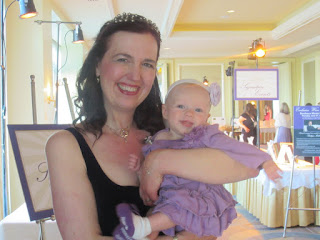When Is a Hero not like Hugh Jackman?
There’s been a lot of talk around the blogosphere and on Twitter lately about romance’s perfect hero “problem”. About how they’re all TALL, and MUSCULAR, and HOT (essentially, Hugh Jackman, Hugh Jackman in a wig, Hugh Jackman with a shaved head, you get the picture). And I thought, well of course they are, because we see him through the heroine’s eyes. And SHE thinks he’s hot. Right? Let me go to the personal side for a few examples. My best friend and I are very similar (arty, educated history geeks, close to 6’ tall, with quirky senses of humor that owe a little too much to Joss Whedon), but we couldn’t have more different taste in men. She likes BIG men. BEEFY men. Thick, solid, hard bodied, bullnecked MEN. Hugh Jackman at his biggest is just barely within her scale of manly. When I look at her current boyfriend, I see a husky, wide, unattractive Neanderthal. She refers to the men I like to date as Great Danes. They tend to be tall, thin, more elf than dwarf if you know what I mean.


